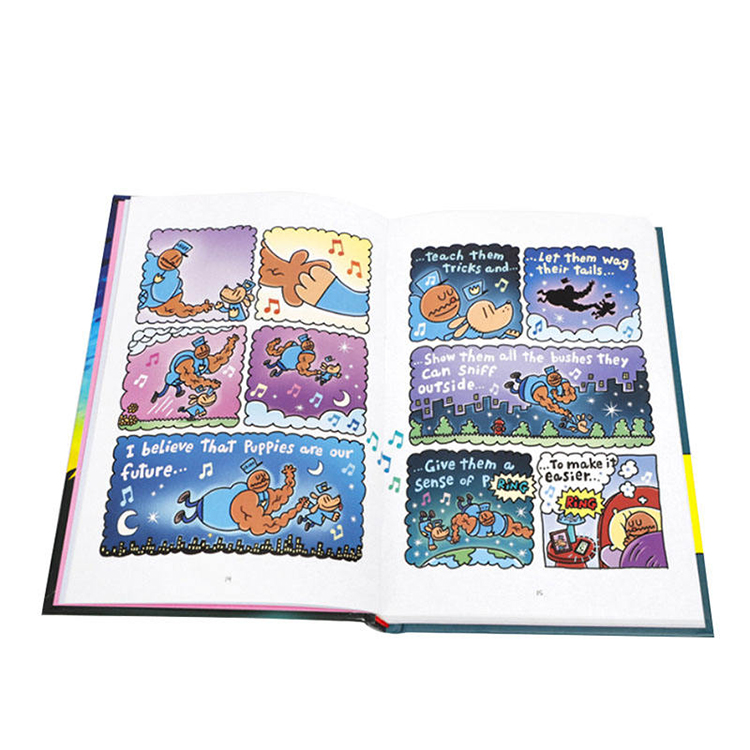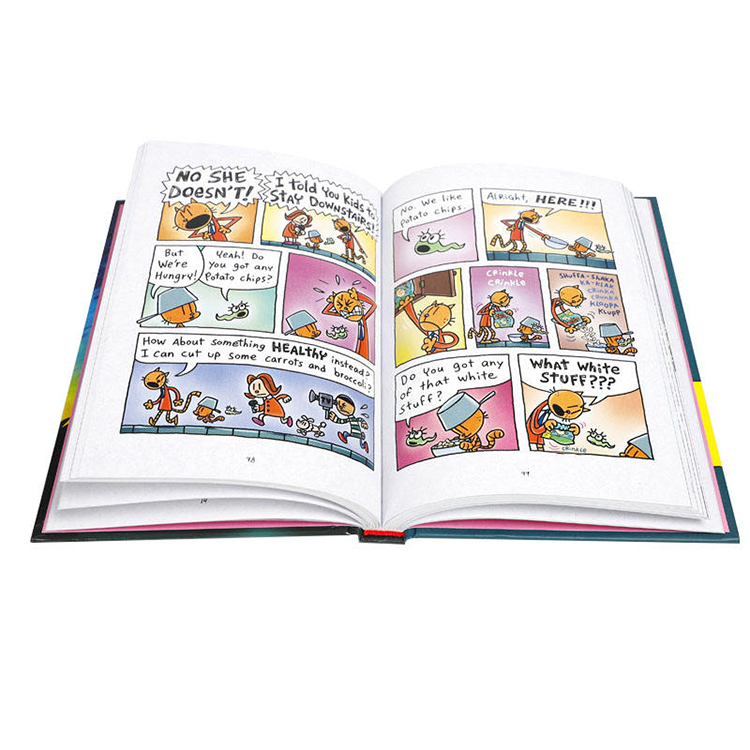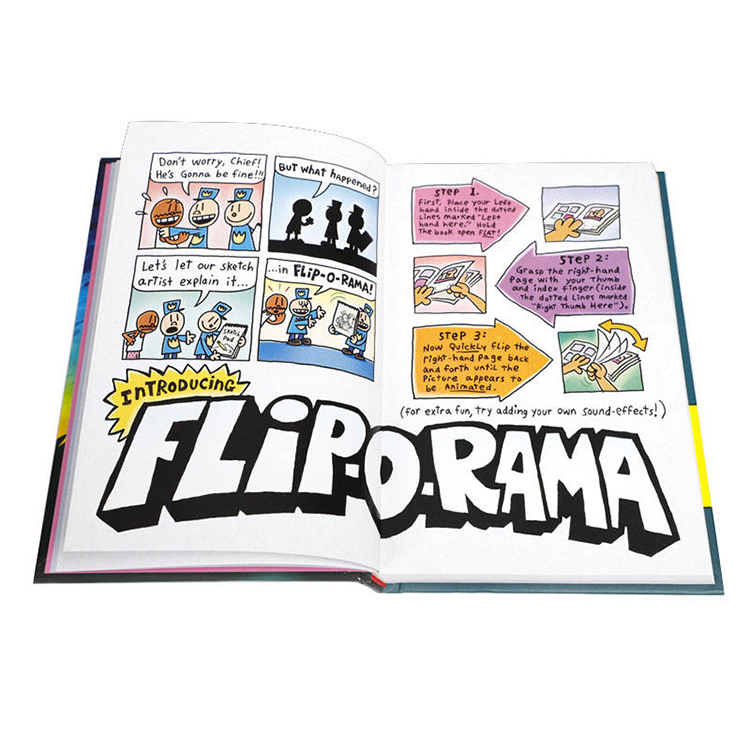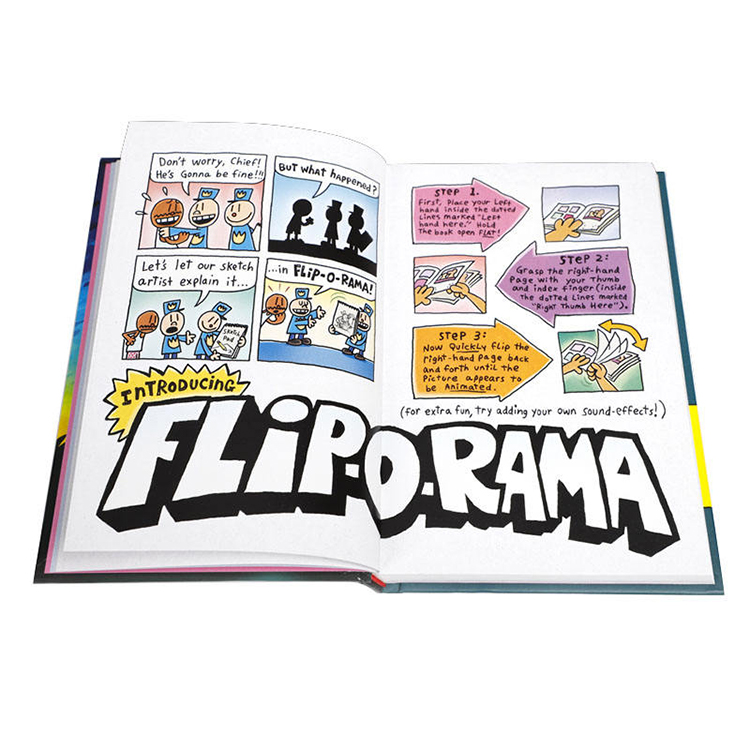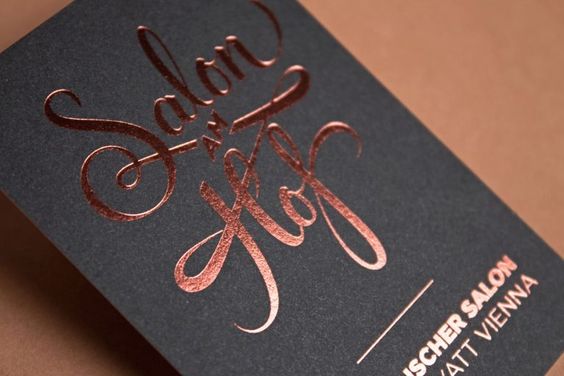Are you an aspiring comic book creator eager to bring your colourful characters and captivating stories to life?
Look no further – this is the ultimate guide to comic book printing, taking you on a thrilling journey from idea to shelf. From the moment you conceptualize your superheroes and villains to the final printing process, we’ll provide you with valuable insights and expert tips to ensure your comic book is a visual and literary masterpiece.
Discover the secrets of compelling storytelling and character development, learn how to design dynamic panels and page layouts, and dive into the world of colour theory to make your artwork genuinely pop. We’ll also guide you through the intricacies of paper selection, printing methods, and binding techniques so your comic book not only looks incredible but feels fantastic in your readers’ hands.
Whether you’re an independent artist or a seasoned professional, this comprehensive guide will equip you with all the knowledge and inspiration you need to navigate the comic book printing process with confidence. Get ready to unleash your creativity and share your stories with the world – let’s get started!
The Importance of Pre-Production in Comic Book Printing
Before the first page of your comic book hits the printing press, there’s a crucial stage that sets the foundation for success: pre-production. This initial phase is where your ideas take shape, your characters come to life, and your story begins to unfold. Pre-production encompasses everything from brainstorming and outlining to character design and scriptwriting. It’s the time to refine your concept, establish the tone and style of your comic, and lay the groundwork for a seamless production process.
One famous quote by Stan Lee, the legendary co-creator of Marvel Comics, encapsulates the significance of pre-production: “Excelsior! Create your characters’ history, personalities, and motivations with care, for they are the heart and soul of your story.” Lee’s words remind us that the strength of a comic book lies not just in its plot twists and action sequences but in the depth and authenticity of its characters.
During pre-production, take the time to flesh out your characters’ backstories, quirks, and relationships. Consider their motivations, fears, and desires – what drives them to embark on their heroic (or villainous) journeys? By investing in robust character development during this early stage, you’ll lay the groundwork for compelling storytelling that resonates with readers long after they’ve turned the final page.
Creating the Perfect Comic Book Script
A well-crafted script is the backbone of any successful comic book. It serves as the blueprint for your story, guiding the illustrator through each panel and dialogue sequence. Writing a compelling script requires a delicate balance of narrative pacing, dialogue, and visual description – all while leaving room for the artist’s creative interpretation.
Renowned comic book writer Alan Moore once said, “Words are the most inexhaustible source of magic.” Indeed, the power of words to evoke emotion, suspense, and wonder is unparalleled. When crafting your comic book script, strive to engage the reader’s imagination through vivid imagery and evocative language. Describe each scene in detail, but leave enough room for the artist to add their unique flair.
Consider the rhythm and flow of your dialogue, ensuring that each character’s voice is distinct and authentic. Dialogue should propel the story forward, revealing key plot points and character dynamics along the way. Remember, the best comic book scripts strike a harmonious balance between words and visuals, allowing each element to complement and enhance the other.
Choosing the Right Art Style and Illustrator for Your Comic Book
The art style of your comic book plays a crucial role in shaping its visual identity and atmosphere. Whether you opt for a gritty, realistic style or a whimsical, cartoonish aesthetic, finding the right artist to bring your vision to life is essential.
As acclaimed comic book artist Jack Kirby once said, “Comics are a visual medium.” Kirby’s iconic artwork, known for its dynamic compositions and larger-than-life characters, revolutionized the comic book industry and continues to inspire artists to this day. When selecting an illustrator for your comic book, look for someone whose style aligns with the tone and themes of your story. Review their portfolio to ensure they have experience in the genre and artistic sensibility you’re aiming for.
Collaboration is critical when working with an illustrator. Communicate your vision clearly, provide reference materials and feedback, and trust in their creative expertise. Remember, the best comic books are the result of a harmonious partnership between writer and artist, each contributing their unique talents to create something truly extraordinary.
Understanding the Different Printing Options for Comic Books
Once your comic book is written and illustrated, it’s time to bring it into the physical world through the printing process. But with so many printing options available, how do you choose the right one for your project?
Comic book printing techniques have evolved significantly over the years, offering creators a wide range of choices in terms of quality, cost, and customization. From offset printing to digital printing, each method has its advantages and considerations.
Offset printing, often used for large print runs, offers high-quality reproduction and cost-effectiveness but requires longer setup times and higher initial investments. Digital printing, on the other hand, is ideal for short print runs and offers quick turnaround times and affordable pricing, but may sacrifice some colour accuracy and detail.
Consider your budget, timeline, and desired print quality when selecting a printing method for your comic book. Consult with printing companies to explore your options and request samples to ensure the final product meets your expectations.
Designing the Cover and Interior Pages of Your Comic Book
The cover of your comic book is its first impression – a tantalizing glimpse into the world within its pages. It should grab the reader’s attention, convey the tone and genre of the story, and entice them to pick it up and dive in.
Legendary comic book artist Frank Miller once said, “The first page is the most important one.” Miller’s iconic cover designs, characterized by bold imagery and striking compositions, have become emblematic of the comic book medium. When designing your comic book cover, aim for simplicity, clarity, and visual impact. Choose colors. It’s essential to convert your digital files from RGB (Red, Green, Blue) to CMYK to ensure colour accuracy and consistency across different printing devices.
Another crucial aspect of file preparation is resolution. To achieve crisp and clear prints, your images should have a resolution of at least 300 dots per inch (DPI) at the final print size. This ensures that your artwork maintains its quality and detail when transferred from screen to page.
Once your files are prepared, it’s time to create a proof – a physical sample of your comic book that allows you to review the layout, colours, and overall appearance before proceeding with full-scale printing. Take the time to carefully inspect the proof for any errors or discrepancies, and make any necessary adjustments before giving the green light for mass production.
Distribution and Marketing Strategies for Comic Books
With your comic book printed and ready to hit the shelves, the next step is getting it into the hands of readers. Effective distribution and marketing strategies play a crucial role in reaching your target audience and generating buzz around your comic book.
One successful approach to distribution is partnering with comic book retailers and distributors to ensure widespread availability in brick-and-mortar stores and online marketplaces. Build relationships with local comic book shops and attend conventions and trade shows to showcase your work and connect with potential readers.
In addition to traditional distribution channels, digital platforms offer new opportunities to reach a global audience. Consider selling digital copies of your comic book through platforms like ComiXology or creating a dedicated website to sell both digital and physical copies directly to consumers.
Marketing your comic book requires a multi-faceted approach that combines online and offline tactics. Leverage social media platforms like Instagram, Twitter, and Facebook to share previews, behind-the-scenes content, and updates about upcoming releases. Engage with your audience, respond to comments and messages, and foster a sense of community around your work.
Offline marketing tactics such as print ads, posters, and promotional events can also help raise awareness and generate excitement for your comic book. Consider hosting launch parties, book signings, or live drawing demonstrations to connect with fans and attract new readers.
Self-Publishing vs. Traditional Publishing: Pros and Cons
When it comes to bringing your comic book to market, you have two primary options: self-publishing or traditional publishing. Each approach has its own set of advantages and considerations, depending on your goals, budget, and creative vision.
Self-publishing offers creative control and flexibility, allowing you to retain ownership of your work and make decisions about every aspect of the publishing process, from cover design to distribution. It also enables you to keep a larger share of the profits from book sales.
However, self-publishing requires a significant investment of time, money, and resources. You’ll be responsible for managing every aspect of the publishing process, including editing, printing, marketing, and distribution. With the support of a traditional publisher, you’ll be able to wear many hats and be prepared to handle challenges and setbacks along the way.
Traditional publishing, on the other hand, offers the support and resources of an established publishing house, including access to professional editors, designers, and marketers. Publishers can provide valuable guidance and expertise to help refine your work and reach a broader audience.
However, traditional publishing also comes with trade-offs. You’ll likely have less control over the creative process and may receive a smaller share of the profits from book sales. Additionally, securing a publishing deal can be competitive and may require a long and arduous submission process.
Ultimately, the decision between self-publishing and traditional publishing depends on your individual goals, preferences, and resources. Consider your priorities and weigh the pros and cons of each option carefully before making a decision.
Conclusion: Bringing Your Comic Book from Idea to Shelf
Congratulations! You’ve embarked on an exciting journey from idea to shelf, bringing your comic book vision to life through creativity, dedication, and hard work. Along the way, you’ve explored the intricacies of storytelling, character development, and visual design, mastering the art and craft of comic book creation.
As you prepare to share your comic book with the world, remember the words of renowned comic book artist Will Eisner: “Comics are a medium, not a genre.” Your comic book has the power to entertain, inspire, and provoke thought, transcending genres and resonating with readers of all ages and backgrounds.
Embrace the challenges and opportunities that lie ahead, and never lose sight of the passion and creativity that drove you to create in the first place. Whether you choose to self-publish or pursue a traditional publishing deal, know that your voice and vision are unique and valuable contributions to the rich tapestry of comic book storytelling.
So go ahead, unleash your creativity, and share your stories with the world. Your comic book adventure awaits – let’s make it a masterpiece!

